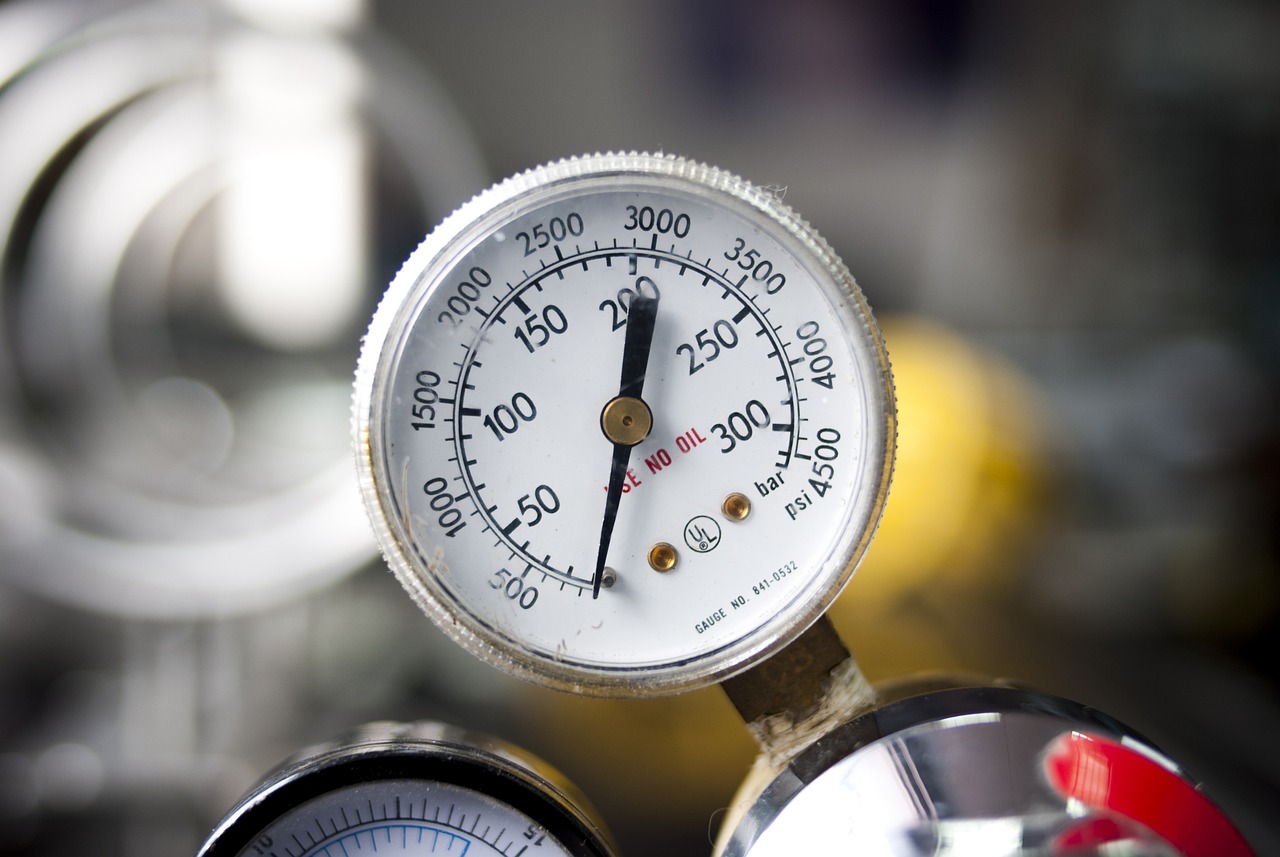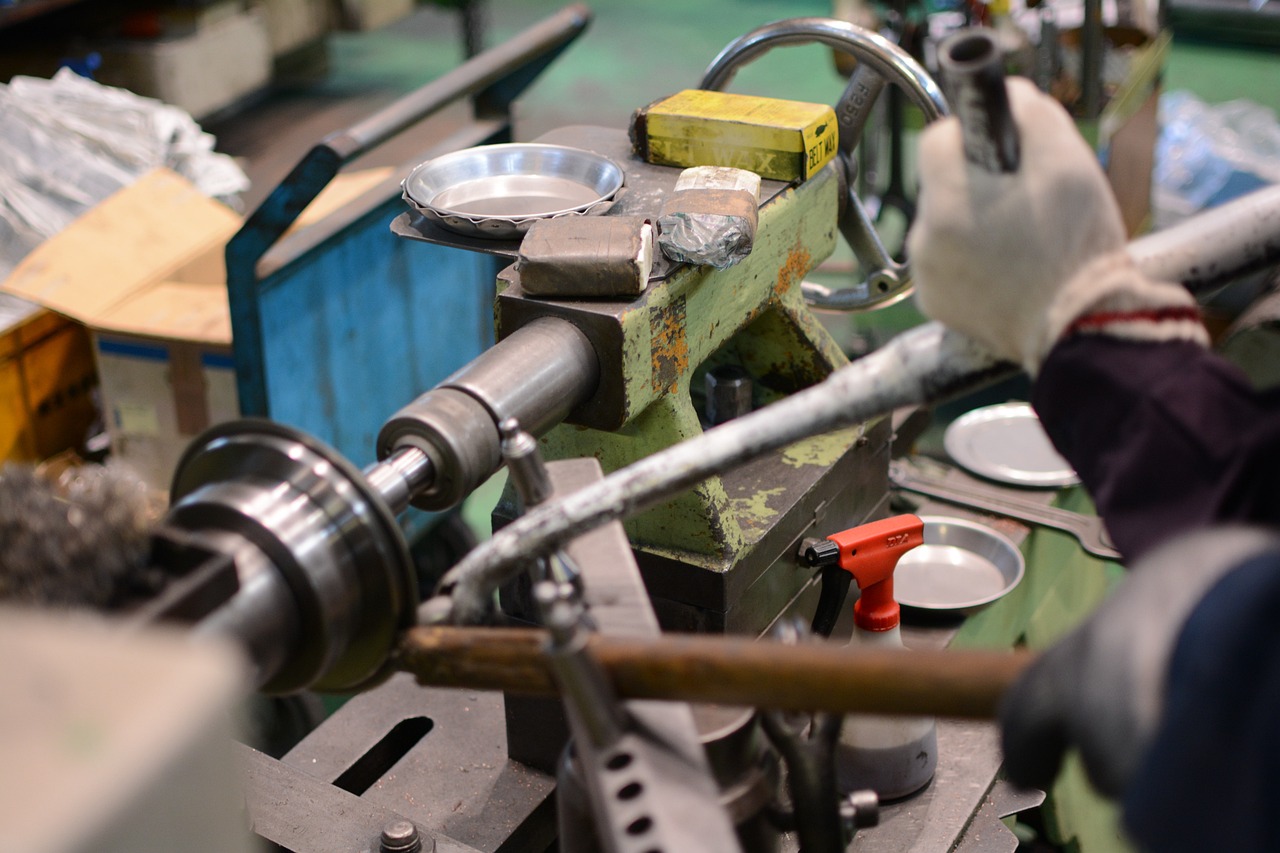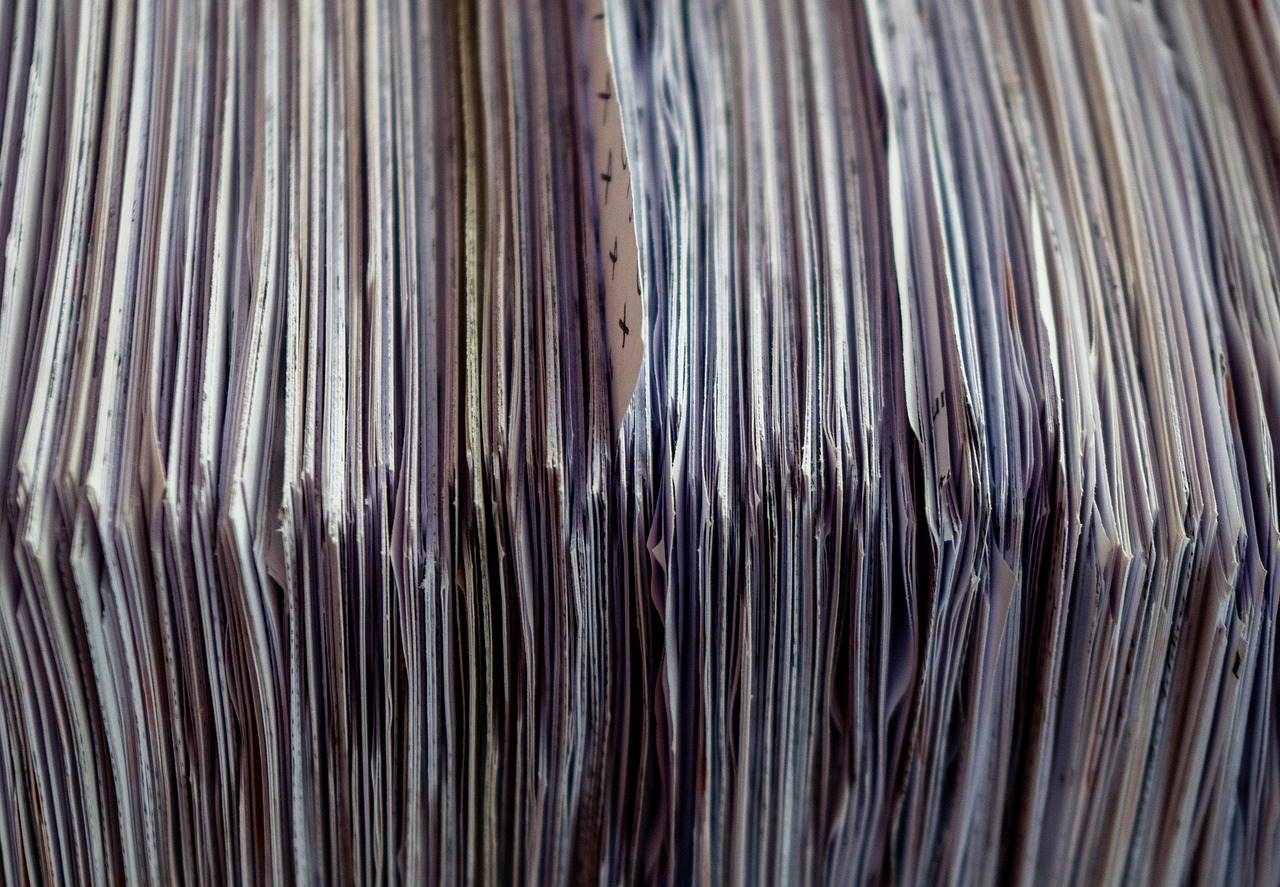
China’s Producer Prices Fell Sharply in June 2025
China’s producer prices declined 3.6 percent in June 2025 compared to the previous year, marking the largest drop since July
2023. This steep fall exceeded economists’ expectations of a 3.2 percent decline and highlighted a deepening deflationary trend in the manufacturing sector. The producer price index (PPI) has been in a deflationary streak since September 2022, reflecting persistent oversupply and weakening demand in the economy. Industrial profits corroborate this trend, falling 9.1 percent in May 2025 from a year earlier, the sharpest decrease since October
2024. This deflation among producers contrasts with a modest rise in consumer prices, indicating divergent pressures within China’s economy.
Consumer Prices Show Modest Growth in June 2025
While producer prices plunged, China’s consumer price index (CPI) edged up by 0.1 percent year-over – year in June 2025, surpassing forecasts of a flat reading. This slight inflationary uptick ended a four-month streak of CPI declines. Core CPI, which excludes volatile food and energy prices, increased 0.7 percent—the fastest growth in 14 months. This indicates that underlying consumer inflationary pressures are present but remain mild. The consumer price rebound was partly driven by government subsidies under a trade-in program for household appliances, electronics, and electric vehicles. However, experts warn that this boost is temporary and inflationary pressures could weaken in the coming months if supply-demand imbalances persist.

Price Wars
Price Wars and Deflationary Pressures Deepen in Manufacturing. The significant drop in producer prices is linked to intense price competition, or “involution, ” within certain Chinese consumer sectors. Policymakers, led by President Xi Jinping, recently criticized excessive price-cutting strategies aimed at clearing excess inventory but damaging business profitability. Beijing has pledged to tighten regulations on aggressive price wars that fail to stimulate consumer demand effectively. According to Zhiwei Zhang, chief economist at Pinpoint Asset Management, the deflationary momentum is unlikely to end soon, especially with the property sector weakening and the “anti-involution” campaign still in its early stages. Persistent overcapacity continues to fuel price wars, pressuring manufacturers’ margins and profitability.

Industrial Profits
Industrial Profits Confirm Economic Struggles in Manufacturing. Data from May 2025 showed industrial firms’ profits dropping 9.1 percent year-over – year, the steepest decline since October
2024. This metric underscores the challenges faced by Chinese manufacturers amid deflationary pressures. The profit contraction suggests that price cuts are eroding margins faster than volume or cost savings can compensate. The government’s call for improving product quality and phasing out outdated production capacity aims to address this structural overcapacity. However, until supply-demand balance improves, profit recovery in industrial firms is expected to remain subdued.

Export Resilience Delays Strong Stimulus Measures
China’s exports have demonstrated resilience despite global trade disruptions, including erratic U. S. tariffs. Exports rose 8.1 percent in April 2025 and 4.8 percent in May 2025 year-over – year, largely driven by shipments to Southeast Asian countries, which offset declining demand from the United States. This export performance has influenced Beijing’s cautious approach to economic stimulus, as noted by Larry Hu, chief China economist at Macquarie. Hu explained that policymakers are reluctant to introduce strong consumption stimulus until export growth slows significantly. Without robust policy intervention, escaping the deflationary spiral may prove difficult.

Government Policies
Government Policies Target Excessive Price Cutting and Overcapacity. In a recent top-level economic meeting chaired by President Xi Jinping, Chinese policymakers emphasized the need to curb aggressive price competition that undermines business profitability and fails to stimulate sustainable consumer demand. A state-backed newspaper highlighted the importance of guiding businesses to improve product quality and support the orderly exit of outdated production facilities. These policy directions aim to reduce overcapacity, which currently drives price wars and deflation. However, the effectiveness of these measures will depend on their implementation and the broader economic environment, including global trade conditions and domestic demand recovery.
Temporary Consumer
Temporary Consumer Price Boost from Trade-In Subsidies. The slight increase in consumer prices in June 2025 was partly attributed to a government trade-in scheme providing subsidies for household appliances, electronics, and electric vehicles. This program helped stimulate consumer spending and contributed to the 0.1 percent CPI rise. However, economists like Zichun Huang from Capital Economics caution that this effect is likely to wane in the second half of
2025. If the oversupply problem remains unresolved, underlying inflation could weaken, potentially reversing the recent consumer price gains.
Summary China’s
Summary of China’s Economic Pricing Trends in Mid-
2025. China’s economy in mid-2025 is characterized by a stark contrast between producer deflation and mild consumer inflation. Producer prices fell 3.6 percent year-over – year in June, marking the largest decline in nearly two years amid ongoing overcapacity and price wars. Meanwhile, consumer prices showed a modest 0.1 percent increase, supported temporarily by government subsidies. Industrial profits dropped sharply by 9.1 percent in May, reflecting the strain on manufacturers. Exports remained resilient, delaying significant stimulus efforts. Policymakers are focused on curbing destructive price competition and reducing outdated production capacity to restore balance. The outlook suggests continued challenges in escaping deflation without stronger policy measures.
Further Reading
Further Reading on China’s Economy and Deflation. – National Bureau of Statistics of China official reports on producer and consumer prices. – Reuters polls and economic forecasts on China’s inflation trends. – Macquarie Research on China’s export growth and stimulus policy analysis. – Capital Economics analysis on China’s consumer subsidies and inflation outlook. – Pinpoint Asset Management commentary on price wars and industrial profits. – LSEG data on historical producer price index movements. – Chinese state media coverage of economic policy meetings chaired by President Xi Jinping.







